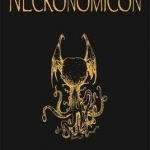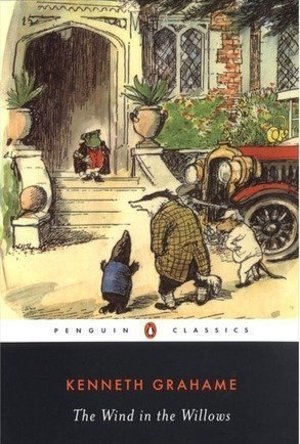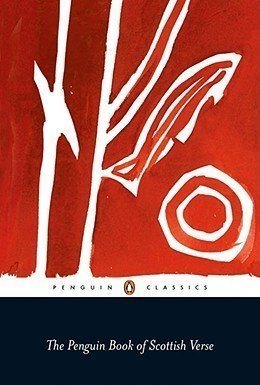
The Penguin Book of Scottish Verse
Robert Crawford (Editor), Mick Imlah (Editor)
Book
The New Penguin Book of Scottish Verse is the first anthology ever to offer a view over the entire...
Scotland Scottish Scottish Poetry Poetry Poem
Challenging the Modern Synthesis: Adaptation, Development, and Inheritance
Philippe Huneman and Denis Walsh
Book
Since its origin in the early 20th century, the Modern Synthesis theory of evolution has grown to...
Awix (3310 KP) rated Necronomicon: The Best Weird Tales of H.P. Lovecraft in Books
Mar 15, 2019 (Updated Mar 15, 2019)
Lovecraft's best stories take the scientific discoveries of his time and use them to summon up an extraordinary sense of cosmic dread: the vastness of the universe and the primordial origins of the human race become the stuff of genuine nightmare. All the key stories are here - the famous Call of Cthulhu, of course, along with others that are still massively influential, such as The Colour Out of Space and At the Mountains of Madness. Lovecraft wrote the book on a certain kind of horror, and this volume is pretty much it. Some of the stories are minor works, but the best ones here are epochal.
Eilidh G Clark (177 KP) rated The Wind in the Willows in Books
Jul 2, 2019
The characters were good, toad in particular. It is clear to see that Grahame was talking about hysteria in the character of toad. Written in the early 20th century, the novel is typical of its slower pace when compared to modern literature for children. The humour and sentiment may be enough to grip even the 21st century child. As an adult though, this is a delightful little book that should never be skimmed.

Airspace Closure and Civil Aviation: A Strategic Resource for Airline Managers
Book
The impact to airlines from airspace closure can be as benign as a two minute extension on an...
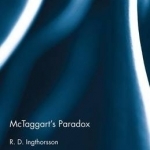
McTaggart's Paradox
Book
McTaggart's argument for the unreality of time, first published in 1908, set the agenda for...
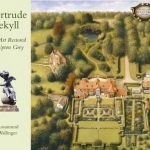
Gertrude Jekyll: Her Art Restored at Upton Grey
Book
Gertrude Jekyll was perhaps the most important British garden designer of the 20th century. She...
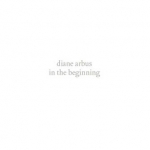
Diane Arbus: In the Beginning
Book
An unprecedented overview of the early work of a preeminent 20th-century artist Diane Arbus...
The Recent Past
Book
James was the son of the artist Eric Ravilious, and spent all his working life photographing rural...

Vintage Home: 20th-Century Design for Contemporary Living
Book
Vintage Home is both a practical collector's guide - what to look out for - and a celebration of the...

